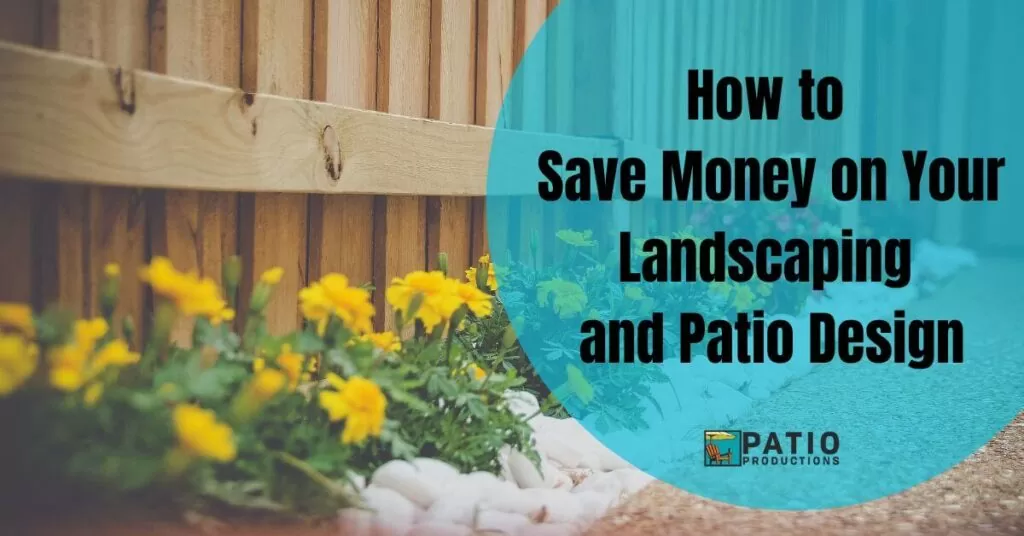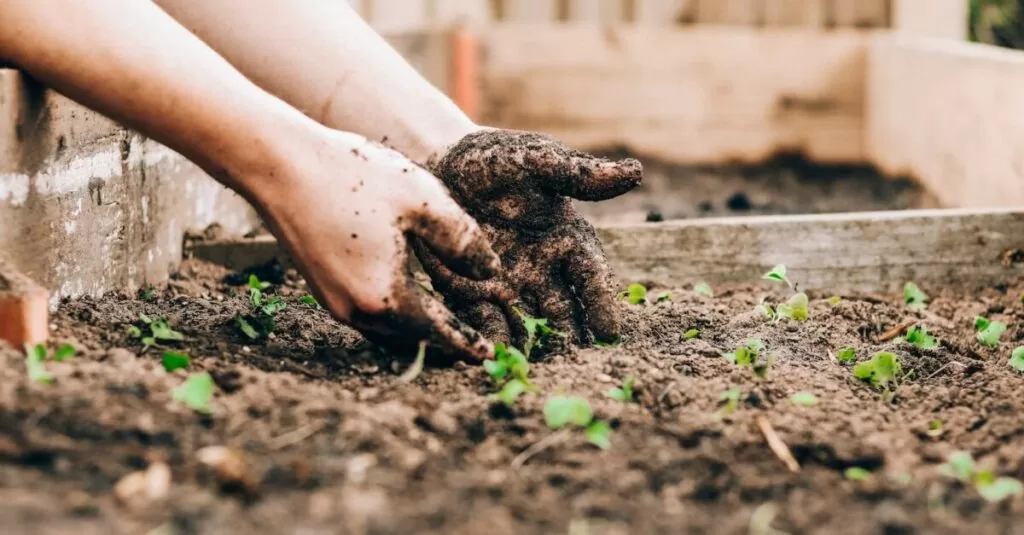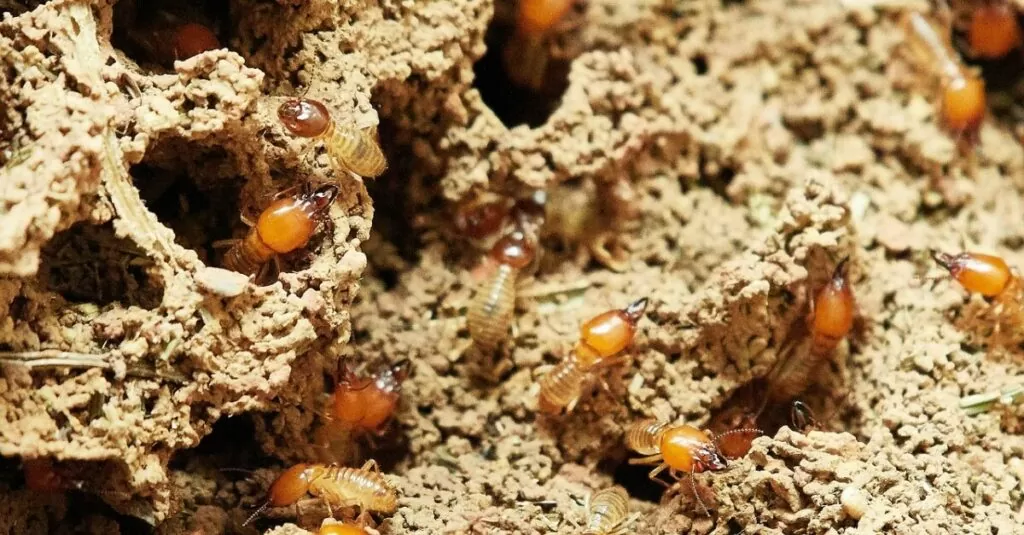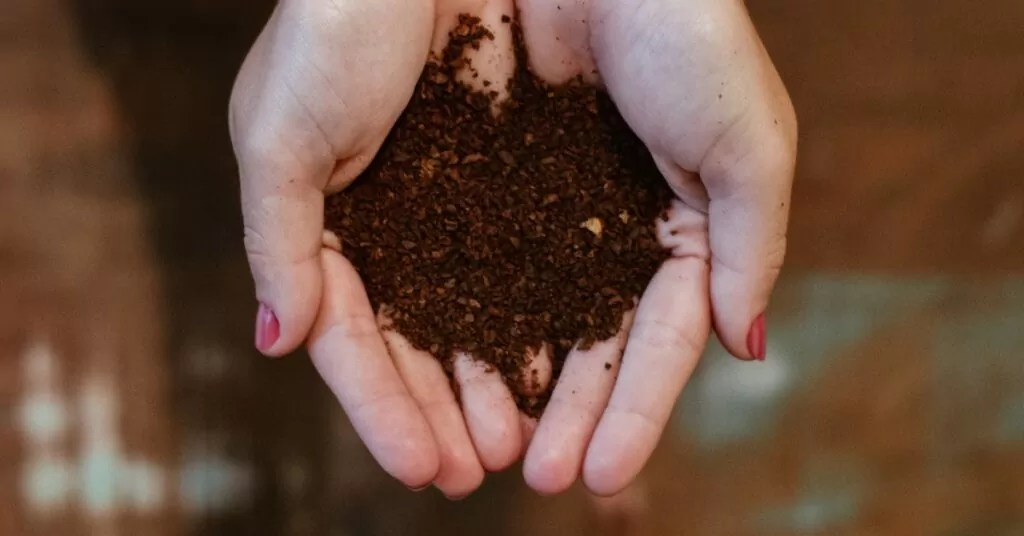Who doesn’t admire a beautifully landscaped yard, patio, or even balcony? This can be yours, too, even if you’re on a budget. With a bit of up-front investment, we’ll show you how to save money on your home landscaping project while also making cost-saving choices at the same time. We can help you make your garden not only beautiful but also inexpensive and easy to maintain.
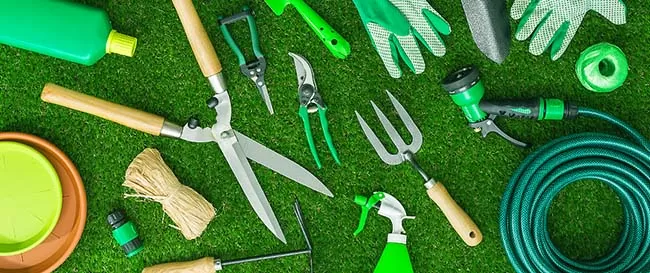
Whether you are creating a drought-resistant landscape, a rain garden, a vegetable and herb garden, or even an orchard or some combination of these, we’ll show you how to get an incredible return on your investment—in your initial spending, in maintenance costs (such as fertilizer, pest control, and water), and in choosing embellishments and features that punctuate your garden, adding both beauty and utility.
Table Of Contents |
Landscaping
When you landscape your yard, this is the perfect opportunity to get creative and add your own personal flare. Look for inspiration online, in your neighbors’ yards, and at your local hardware store or nursery.
HomeAdvisor reports that homeowners spend between $300 and $10,000 on landscaping their yards. This is quite a broad range, but with some tips, you can save in all kinds of places without sacrificing the quality of your landscape. Drought-resistant landscaping, urban gardening, and rain gardening are all economical ways to plan your yard.
Drought-Resistant Landscaping (Xeriscaping)
If you live in an area that is dry or suffers from periods of drought, as is the case in much of the Western United States, xeriscaping—that is, drought-resistant landscaping—may be the best route for you. With changes in global climate, experts do not see an end to the droughts we are currently facing in sight.
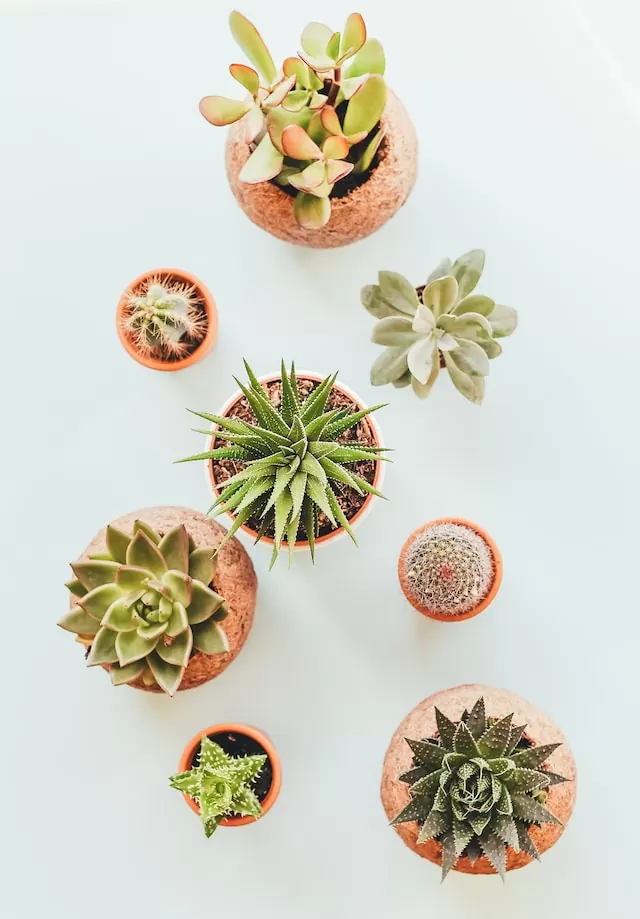
Landscaping and gardening account for about one-third of America’s residential water use, so more and more people are opting for the beauty and cost-saving utility of xeriscaping. The basic principles of xeriscaping are straightforward—by choosing local plants and other drought-resistant plants, along with proper irrigation, you can create a beautiful yard that does not require large amounts of water. This is friendly both on your wallet and on the environment.
Drought-resistant plants
Native shrubs, succulents, herbs, and flowers are your best bet for choosing plants that thrive naturally in dry environments and need little water to flourish. Succulents, in particular, can thrive in all seasons. Check out our article about caring for succulents during winter. A simple search for “drought-resistant plants” will yield hundreds of results. Some easy plants you may want to start with include agave, succulents, and cacti for greenery; flowers such as poppies, yarrow, and rock daisies; and herbs such as sage, rosemary, and lavender. Check out a complete list of plants from Gardening Know How. There are of course many other options to choose from, and you can get some great advice at your local plant nursery.
Proper irrigation
To set up a proper irrigation system, first clear the area where you wish to plant of weeds and existing vegetation, including the roots. If you are opting for native plants, they may do well in the natural soil in your yard; for exotic plants, check the care instructions.
Spread a thin layer of mulch over the soil to help keep in moisture, prevent weeds from sprouting, and provide heat regulation during the hot summer days.
There are a variety of irrigation systems you can use other than the traditional sprinkler system. Drip irrigation, rainwater harvesting, and automated irrigation systems are all good options.
Replace grass with turf
More and more homeowners in the Western United States are opting for turf instead of traditional grass lawns. There are a variety of lengths and textures to choose from, and with an up-front investment, you’ll enjoy a beautiful green “lawn” for years to come—without the cost of watering or maintenance! Forego weeds and save your water for the plants that really need it.
Rocks, gravel, and more
Another way to save on plants and water is to decorate with rocks. Granite, pea gravel, and river rocks are all great low-cost options for decorating, and you can use larger slabs of rock or even concrete for pathways. If you don’t want to go all-gray, you can grow the plants mentioned above between rocks to green up your space.
Urban Gardening
Don’t have a lot of space? No problem! You’ll be amazed with how much you can do with a patio, balcony, or even indoor windows. Planters come in all kinds of shapes, sizes, and heights, so you can make the most of your small space by buying taller or stacked planters. Here’s a look at how to make the most of urban gardening.
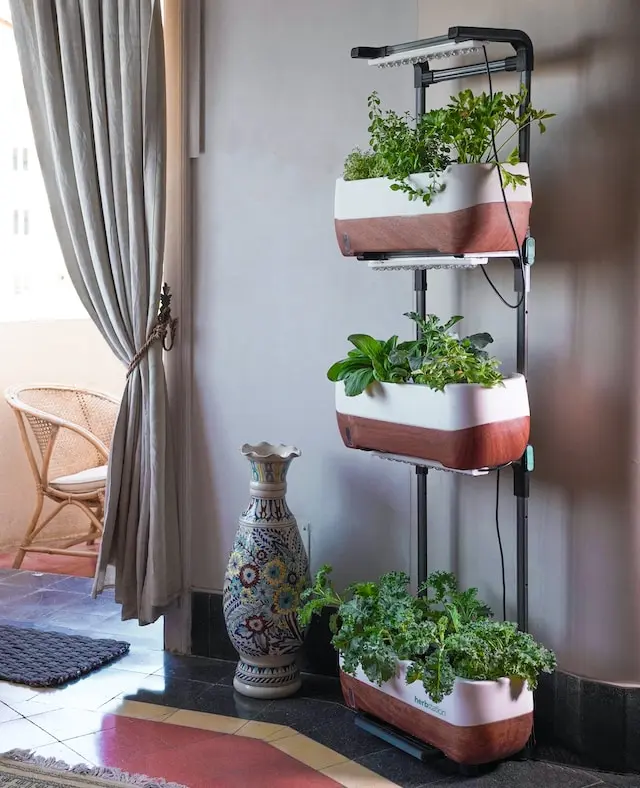
Most cost effective veggies for urban gardening
In order to plan your urban garden, the first question you must ask yourself is, how much sun do you have? In an urban environment, full sun is unusual; but fortunately, there are plants that can survive in as little as a few hours of sunlight per day. If you have four-to-six hours of sun per day, this is ideal; but there are also options for if you have as little as two hours of sun per day.
Some great plants for your window or balcony, if you have four-to-six hours of sun per day, are tomatoes, lavender, and rosemary. Peppers are also incredibly easy to grow.
If you have a shadier area, some edible options include mint, chives, sage, thyme, and oregano. These don’t need much sun, and they can handle some abuse or neglect. For non-edibles, bulbs are a great option, as most of the energy is stored in the bulb itself. Amaryllis and other bulbs can produce beautiful flowers without needing much sun.
For those tight on space, consider getting a vertical planter to make the most of the area you do have. A simple search for “vertical planters” yields all kinds of results. See our article about creating a vertical garden for some tips and inspiration.
If you’re a beginner, we recommend you begin with seedlings rather than seeds, as these are much easier to grow and will already have a healthy start when you plant them.
Urban gardening DIY tips to save money
Do not over water! This is a common problem among new gardeners who are eager to take care of their plants. Overwatering can lead to root rot and of course add to extra costs in water bills. Be sure that your planter pots have holes in the bottom or sides to drain extra water. Also, take care to water your plants during cooler hours so that the water does not simply evaporate during warmer times.
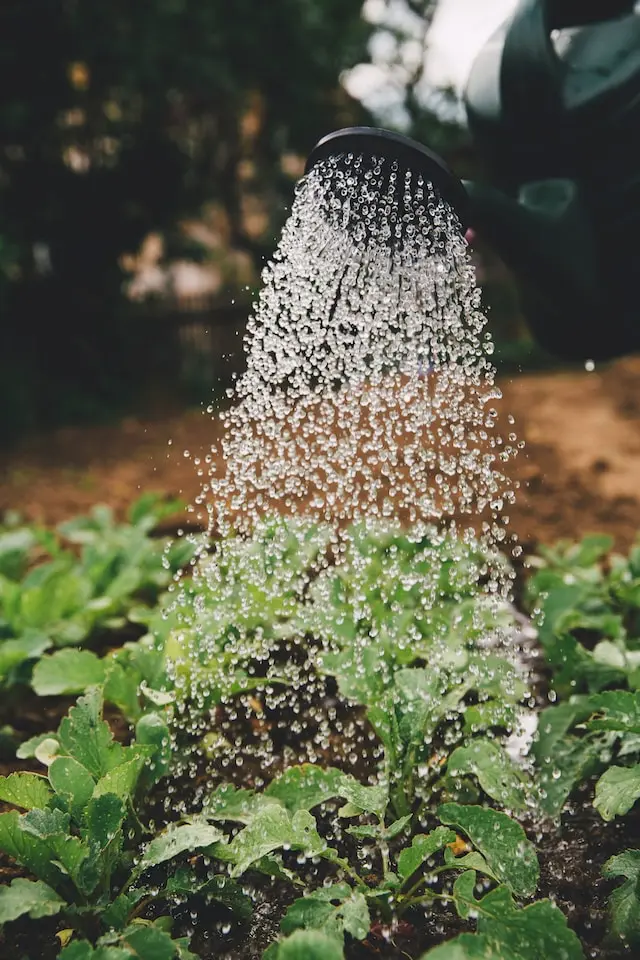
Craigslist is a great resource for free, high quality soil. You can always get some quality soil from a local hardware store or nursery, but there are also great free resources.
Composting is a great way to save on fertilizer. If you just throw in your extra kitchen veggie choppings into a bin, along with yard waste such as raked leaves, then turn these occasionally, you’ll have ready-made fertilizer on hand. If you don’t have room for compost, look into your local city’s resources—many offer community compost that you can take freely.
Rain Gardening
A rain garden is a great way to decrease runoff pollution and help your plants flourish at the same time. With native shrubs, perennials, and flowers planted on a natural slope, you can create a space that will naturally hold and thrive on runoff water when storms hit.
What is rain gardening?
Rain gardening is not at all like water gardening. Unlike water gardens, a rain garden is dry most of the time; but it holds up well in storms with extra run-off. A rain garden can be composed of local plants that do not require much maintenance, and it prevents pollutants from pouring into streams.
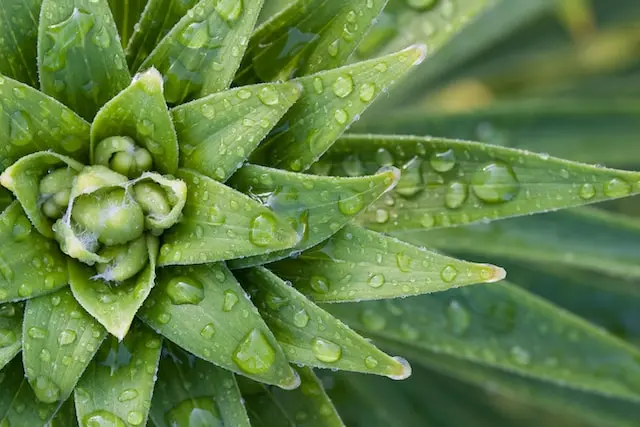
In order to create a rain garden, you’ll need to remove six-to-twelve inches of soil and replace it with tillage, compost, and sand. This can be done on any natural slope, or you might create your own depression for the rain garden. If it fits the décor or your yard, you might decide to make multiple rain gardens in each downspout.
Some popular rain garden plants include Lobelia cardinalis (cardinal flower), Iris versicolor or I. virginica (blue flag iris), Veronicastrum virginicum (culver’s root), Carex vulpinoidea (fox sedge), Cornus sericea (red-twig dogwood), Acorus gramineus (sweet flag), and Athyrium filix-femina (lady fern). You might also throw in some wildflower seeds or take plants from other parts of the yard that are overgrown.
How it saves money
All that water you use to feed your yard costs money! A rain garden puts a stop to the drain-off and pollution. To save money on your rain garden, use native plants and contact local plant conservation groups that offer plants at low prices. Your local water municipality may offer rebates for the installation of rain gardens, as they are good for the environment.
Hardscaping
Hardscaping can be just as fun as gardening, and you’ll get a lot of utility out of the hardscape you design. Consider what materials you want to use, and don’t forget about the beauty of water features, which we’ll discuss here.
Patio materials
If you don’t already have a patio, then you are in for a great designing adventure. We recommend searching online for inspiration, and you can be sure to add your own personality into the design to make the patio one-of-a-kind. We’ll review some basic patio materials here, including flagstone, concrete, Trex, wood, brick, and gravel.
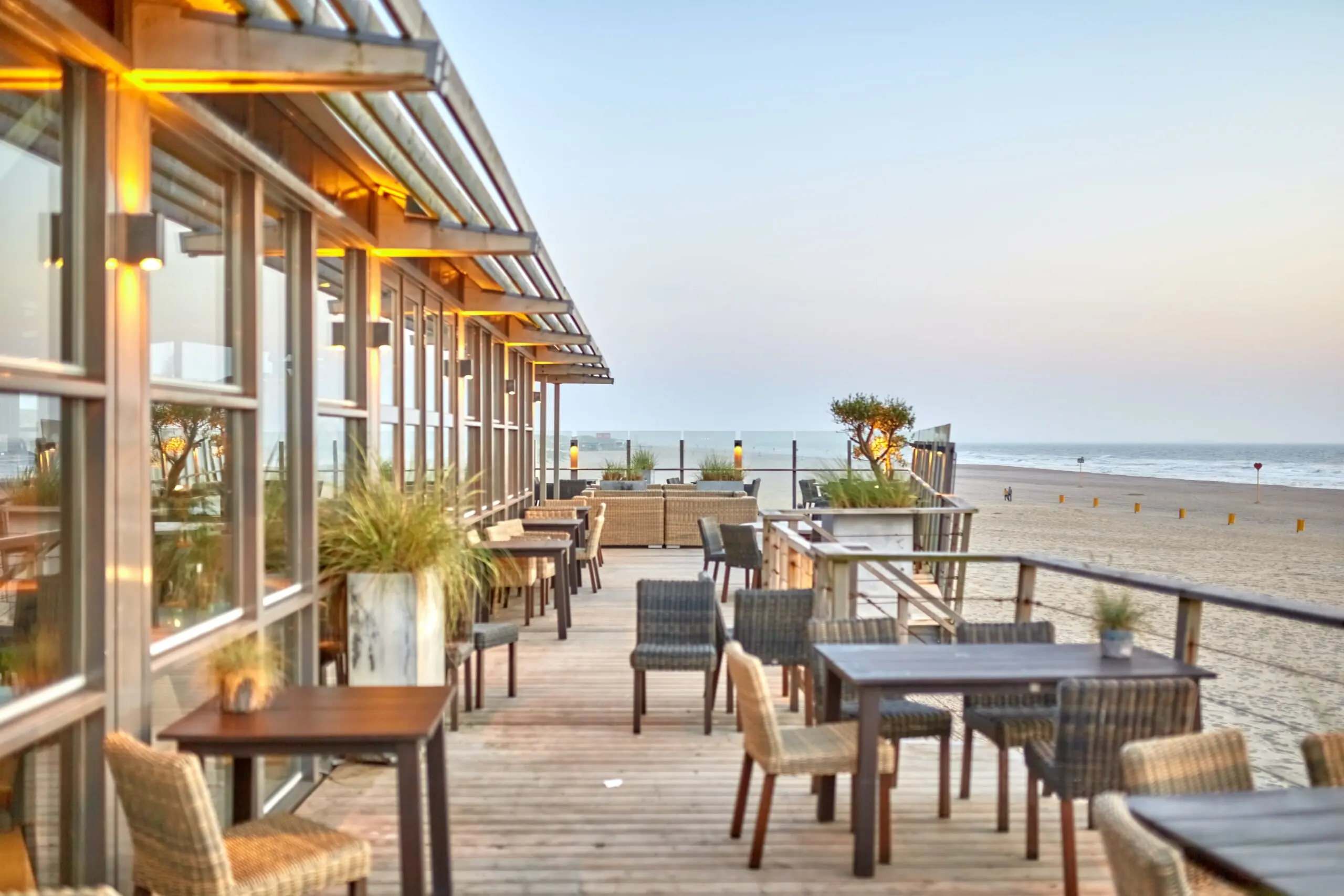
Flagstone
Flagstone is a beautiful option if you want to have a natural look to your patio. Its costs include quarrying, transportation, and installation if you are not going to be installing it yourself. Because each piece varies in thickness, the bed it rests on will need to be lowered or raised to create an even surface. This takes time, but the results are stunning.
Concrete
Concrete is the cheapest option for creating a hard surface like a patio, but it can be a little boring. If you are on a budget and opting for concrete, consider using a stamped pattern that is dyed with a coloring agent. You might want to add in slabs of glass to make the design more interesting.
Trex
Trex is a beautiful wood-alternative that lasts for years with minimal maintenance. It does not stain or fade, is mold- and mildew-resistant, splinter-free, and can be cleaned with just soap and water. Trex is a green-friendly product, using 95% recycled wood and plastic film, in addition to using earth-friendly manufacturing practices. This is a beautiful and durable product that will make for a stunning patio or deck.
Wood
For clean lines, you may wish to opt for a natural wooden feel for your patio. There are countless types of wood in different colors and grains to choose from. Although no wood is guaranteed not to rot or attract insect damage, some woods are better than others and, with proper treatment, hold up well in the elements. Western red cedar, redwood, and cypress are all excellent choices. Costs and availability will vary depending upon your location. Treated woods, commonly using ACQ (alkaline copper quat), is especially durable and will not be tasty to insects.
Brick
Brick is a charming material if you are looking for an old-world feel. The only downside is maintenance, as brick absorbs moisture, so it tends to crack in freezing temperatures, and these bricks will need to be replaced periodically. Additionally, shady areas will tend to grow moss, which must be scrubbed off using bleach and a brush.
Gravel
Often overlooked, but beautiful in aesthetic, is the gravel patio. You’ll want to start by ensuring that the patio area is flat, then lay out hardwood that will form as the border. If the area is not perfectly flat, you can use varying depths of gravel to make up for this. Pea pebbles from your local hardware store make a great gravel and come in various colors. They offer a great “bang for your buck” and are straightforward to lay out.
Water features, etc.
Water features needn’t break the bank to install, and they can make a big splash to any yard. Pumps and liners are inexpensive if you want to do-it-yourself, and you can find stones at a local construction site (with permission) or out in the countryside. Or you can opt for a water fountain that is already built and simply choose the right location for it in your yard.
Stone walkways are another great feature that is easy to create and needn’t cost a lot. You can buy the stones or salvage them from the countryside or a construction site.
Furnishing
Now that you have your yard landscaped to perfection, it’s time to set up your seating and dining areas so you can take full advantage of the hard work you’ve put in and really enjoy your outdoor experience.
Patio furniture
Patio furniture, of course, is essential, as it marks the centerpiece where you will be entertaining, relaxing, and enjoying the yard you have created. With careful selection and a bit of care, you can expect your patio furniture to last for many years.
Most affordable materials
Popular patio furniture materials include wicker, wood teak, cast aluminum recycled plastic, and wrought iron. All are classic looks with different feels. Aluminum is an affordable material that is lightweight yet sturdy, and it doesn’t rust or fade. Wicker/rattan is another good choice that is lightweight and easy to move—and it’s suitable for both indoor and outdoor use. A more expensive option is teak, a tropical wood with a tight grain that is resistant to adverse weather conditions and insects. You might also consider recycled plastic, a green-friendly choice that comes in a variety of colors. Finally, wrought iron can cost a bit more, but it is very sturdy and can withstand the elements.
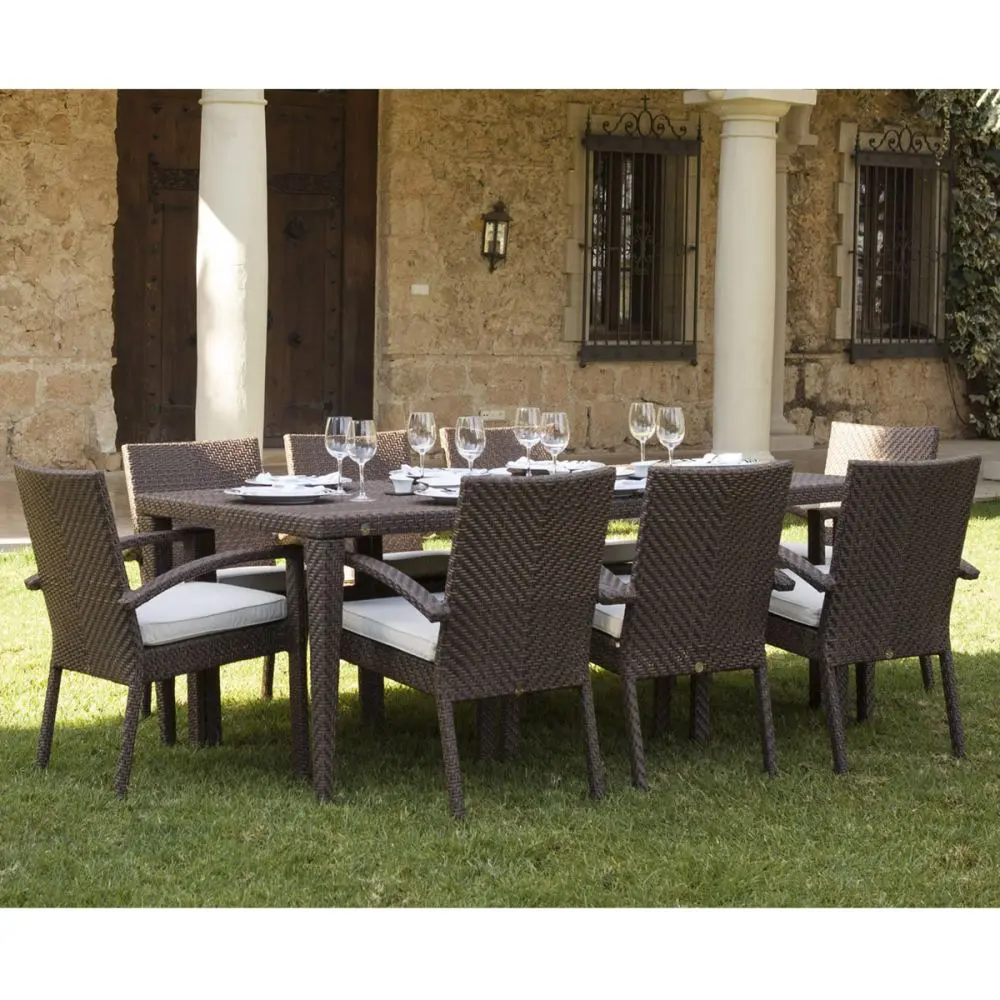
When to buy
You can find patio furniture on sale throughout the year. Consider looking for 4th of July sales, Labor Day sales, Black Friday sales, as well as buying off-peak in the winter. If you have more questions about buying patio furniture, check out our patio furniture buying guides for everything you need to know about buying patio furniture.
Buy it for life
To save money in the long run, buy for life! You don’t want to have to replace low quality furniture every year or two, as these costs will add up. When you sacrifice quality for a low price, you’ll end up with furniture that does not hold up well in the outdoors, loses color, rusts or fades, cracks in the heat, and so forth. When you buy it for life, you’ll enjoy your furniture more and for much longer.
Protect your furniture with regular maintenance and furniture covers
While outdoor furniture is made to withstand adverse weather, be it freezing, hot, or humid, it is wise to take steps to protect your furniture to give it an even longer life. Regular maintenance includes wiping down your furniture with soap and water, and that should be enough to keep them clean. Furniture covers also go a long way in protecting the life of your investment, and they come in all sizes to protect tables, chairs, sofas, and even accessories like umbrellas. Additionally, you can get a storage box for your cushions to keep them protected. Look through our patio furniture protection guide for some more tips and tricks on taking care of your patio furniture.
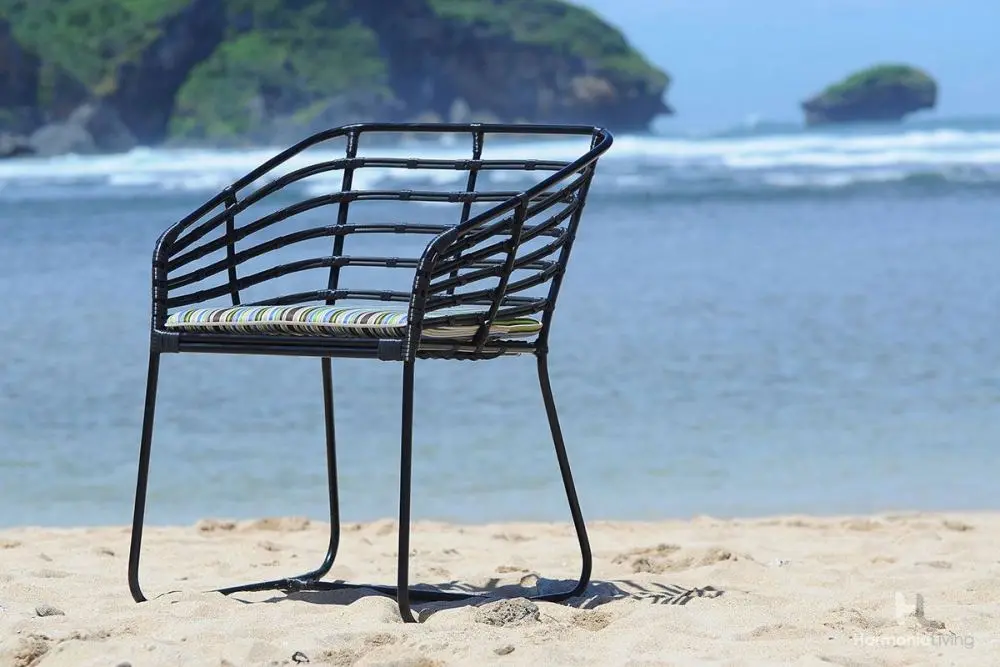
Patio Accessories
Patio accessories are a great way to add personality and pizazz to your outdoor space. Little, affordable embellishments can go a long way. Umbrellas, heaters, hammocks, and throw pillows are all enticing options to make your outdoor space as comfortable as your indoor space.
Creative solutions to normal accessories can also go a long way. For example, you might opt for a patio shade sale rather than an umbrella. If you don’t want to have a full box garden, small, potted succulents are a beautiful way to bring some greenery to your patio. If you don’t want to install a fixed fire pit, stand-alone fire pits are also a great option.
Now, Relax and Enjoy!
Now that you have put hard work into planning and preparing your garden and patio on a budget, relax in the haven you have created. If done properly, your yard and patio will not require a lot of maintenance, giving you more time to enjoy your outdoor space.
Further Reading:
- https://www.creditcards.com/credit-card-news/guide-save-money-landscaping.php
- https://www.thespruce.com/landscaping-on-a-budget-2131962
Mike Bowman is currently the technical product manager and lead editor at Patio Productions. He has worked in the furniture industry as a copywriter, developer, and content creator for the last 14 years, among other roles. An avid DIY-er, he loves to experiment with furniture, landscape design, and home improvement in his own home.

